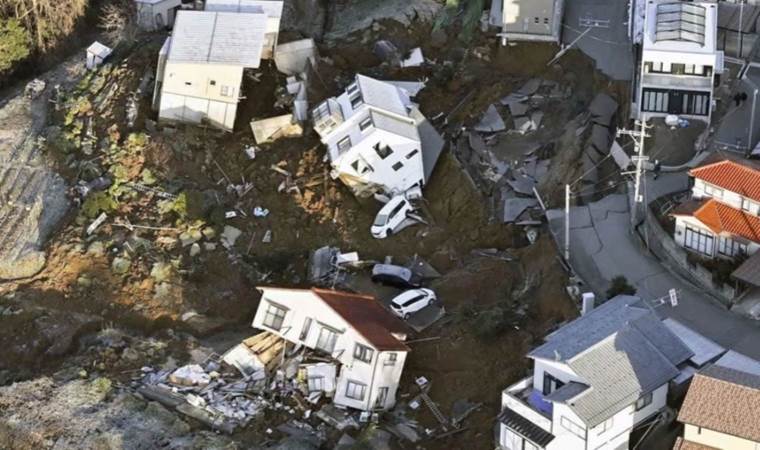Runway collision in Japan: Coast Guard plane uncleared for take-off
Japanese authorities reported on Wednesday that a passenger jet, which collided with a Coast Guard turboprop at Tokyo's Haneda airport, had clearance to land, but the turboprop lacked take-off clearance, as per control tower transcripts.

The collision involved a Japan Airlines (JAL) Airbus A350 and a De Havilland Dash-8 Coast Guard turboprop. All 379 passengers and crew aboard the JAL flight evacuated safely, despite the aircraft erupting in flames. However, the crash resulted in the deaths of five of the six Coast Guard crew members, who were preparing to respond to a major earthquake on Japan's west coast. The surviving captain suffered severe injuries.
While investigations are still in the early stages, experts note that airplane accidents typically result from multiple safety failures. Preliminary findings from traffic control transcripts suggest that while the JAL jet had landing clearance, the Coast Guard aircraft was instructed to taxi to a holding point near the runway, without clearance for take-off.
An official from Japan's Civil Aviation Bureau confirmed the absence of take-off clearance in the transcripts. Similarly, a Coast Guard official admitted that while their turboprop captain reported receiving runway entry permission, the transcripts do not confirm this.
Transport Minister Tetsuo Saito assured full cooperation with the ongoing investigation, emphasizing the commitment to implementing safety measures to prevent future incidents. The Japan Safety Transport Board (JTSB), with support from French and British agencies, is leading the investigation, given the Airbus's French origin and its British-manufactured Rolls-Royce engines.
The JTSB has already retrieved the voice recorder from the Coast Guard aircraft.
Meanwhile, Tokyo police are investigating potential professional negligence. Reports from Kyodo and the Nikkei business newspaper indicate a police unit has been established for this purpose. The overlap of civil safety and police inquiries has historically raised concerns about potential conflicts.
Aviation analyst and former JAL pilot Hiroyuki Kobayashi suggested human error might have played a role, noting that aircraft accidents are rarely due to a single issue.
JAL's statement on Wednesday confirmed that Airbus had acknowledged and repeated the landing clearance from air traffic control. Despite the rapid evacuation of passengers and crew within 20 minutes, the aircraft burned for over six hours.
The Coast Guard aircraft, one of six stationed at the airport, was set to deliver aid to areas affected by Monday's 7.6 magnitude earthquake, which has claimed 64 lives.
The incident led to the cancellation of 137 domestic and four international flights on Wednesday. To alleviate congestion, the government has requested emergency flights and high-speed rail services, according to Transport Minister Saito.
Former U.S. accident investigator Michael Daniel highlighted the importance of understanding the situational awareness of both pilots and air traffic control. Clarity on these aspects is expected to emerge with the analysis of the cockpit voice recorder and air traffic tapes.



